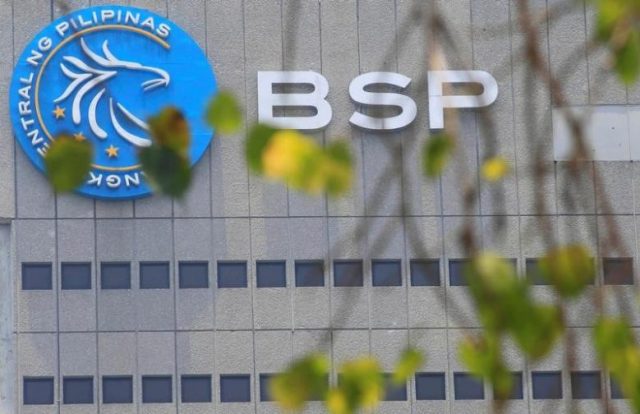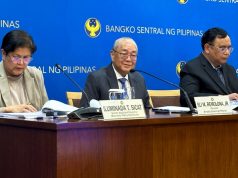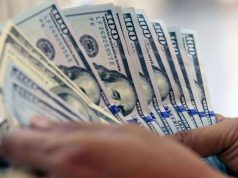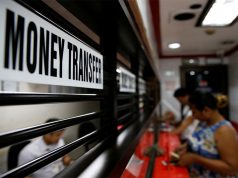
- Philippine c.bank set to review policy on Sept. 22
- Philippine peso hits record low vs broadly stronger dollar
- C.bank chief ‘concerned’ about weak peso’s impact on inflation
MANILA— The magnitude of a widely expected U.S. interest rate hike this month will be a “big factor” in the Philippine central bank’s decision on whether to tighten policy further, its governor said on Friday, ahead of a rate-setting meeting on Sept. 22.
“You cannot not react to what the Fed is doing,” Bangko Sentral ng Pilipinas (BSP) Governor Felipe Medalla, said at a virtual Reuters Newsmaker event, referring to the U.S. Federal Reserve’s anticipated rate increase.
Medalla’s remarks came as the Philippine peso PHP= hit a record low of 56.90 on Friday, after U.S. data increased the chances of further Fed policy tightening and pushed the dollar to a two-decade high.
“We are concerned about the effects of the exchange rate on the inflation,” Medalla said. Higher costs of imports, including fuel and some food items, have added upward pressure on consumer prices.
The peso is the third worst-performing Asian currency this year, having fallen more than 10% so far.
Based on how the peso moved following BSP’s rate hikes, “we can say we have done enough,” Medalla said. “There is no peso problem, it’s a dollar problem.”
The dollar index =USD firmed ahead of Friday’s U.S. labor data that could bolster the case for the Fed to deliver a third 75 basis point interest rate hike when it holds a Sept. 20-21 policy meeting.
Seeking to bring inflation back within target, the BSP has raised interest rates by a total of 175 basis points this year, taking the benchmark overnight reverse repurchase facility rate PHCBIR=ECI to 3.75%.
Philippine inflation averaged 4.7% in the January to July period, above the BSP’s 2%-4% target band for the year. The BSP expects inflation to average 5.4% this year, and ease to average 4.0% next year and 3.3% in 2024.
Medalla said inflation was expected to remain above 4% in the first half of 2023 before decelerating in the second half.
Despite the external headwinds, Medalla said 6.5% growth in Philippine gross domestic product this year remains “doable”, with the economy likely to be supported as the government resists re-imposing pandemic lockdowns.
—Reporting by Karen Lema and Neil Jerome Morales; Editing by Martin Petty, Ed Davies








